Details
Description
SKU: A0.799352
Composed by Drake Mabry. 20th Century,Contemporary. Individual part. 13 pages. Drake Mabry #2015075. Published by Drake Mabry (A0.799352).9.28.85 was written in 1985 and the date refers to the date of completion, September 28, 1985. Excerpts of this piece are included in Benny Sluchin’s book on contemporary trombone excerpts. This work includes my invention of the idea of playing lip multiphonics. Here's the story. During the Spring of 1985, I participated in the "l'atelier de recherche instrumental" department for acoustic instrument exploration at IRCAM working with Pierre-Yves Artaud (flute), Daniel Kientzy (saxophone) and Benny Sluchin (trombone). Most of the research was based on looking at new ways to produce sound with acoustic instruments and the department was open to performers and composers. A few months after the IRCAM workshops Benny Sluchin and I decided to work on a piece for him. We worked together to explore various contemporary techniques which I might select for the piece. After a while I narrowed down my choices to a movement with air, one with lip multiphonics, and one using the spatial characteristics of the bell, singing, and sending sound out the back by an alternate F tube. Benny is great to work with as he’s a wonderful musician, anything is possible, he’s open to trying out new ideas and he’s a great human being. The perfect combination for a composer. First, about the lip multiphonics in the second movement. During one of our work sessions we looked at singing and playing multiphonics but I wanted something different. So I asked Benny what would happen if he placed his embouchure between two partials of the overtone series. The result was amazing!! A number of partials sounded at the same time and the textural colors were varied and beautiful. The only problem with this was the "window" for placing the embouchure was very narrow. Slightly too high or slightly too low would result in a terribly out of tune and uncentered partial. Reminded me of what a sick cow might sound like. This difficulty was less pronounced between partials of a fifth but became more difficult when the partials were closer together. Fourths were okay but major and minor third partials were extremely difficult and risky. We decided what the heck and I wrote the second movement knowing the risks. But when the embouchure is well placed it produces such a beautiful sound. Benny mentioned that the idea had a pedagogical side benefit. He said from being able to focus on placing the embouchure in such a limited ‘window’ it made placing the embouchure for normal note much easier. My invention has been used by other composers since including Xenakis in 1986 and an Icelandic composer a couple of years later. The alternate movement come about after Benny had played the piece for a couple of years. He’s able to get these multiphonics but realized that maybe there would not be many other players able to do so. To avoid the problem that this movement might scare players away from the piece we decided that it would be good to have an alternate movement which would use the same ideas but in a less stressful way for the performer. I thought this was a good idea and wrote, what for me, is a more meditative piece based on the same material. I also imagined that it could be played by itself if the player wished. There is a misprint in the score at the end of the first line where there appears a multiphonic based on placing the embouchure between an Eb and an A natural. The A should be an Ab. The first movement explores the subtleties of various vowel and consonant formations in the mouth while playing. Since the trombone is such a perfect amplifier these small details can be heard. For instance the difference between ‘ts’ and ‘tsh’ comes off well. I think of this movement as a vocal conversation or discourse which becomes highly animated at the end. The dynamics play an important role in providing additional colors. The player should really ‘speak’ without speaking for this movement to work. The third movement is my circus piece. I know it is complicated to.
This product was created by a member of ArrangeMe, Hal Leonard’s global self-publishing community of independent composers, arrangers, and songwriters. ArrangeMe allows for the publication of unique arrangements of both popular titles and original compositions from a wide variety of voices and backgrounds.
Digital Downloads are downloadable sheet music files that can be viewed directly on your computer, tablet or mobile device. Once you download your digital sheet music, you can view and print it at home, school, or anywhere you want to make music, and you don’t have to be connected to the internet. Just purchase, download and play!
PLEASE NOTE: Your Digital Download will have a watermark at the bottom of each page that will include your name, purchase date and number of copies purchased. You are only authorized to print the number of copies that you have purchased. You may not digitally distribute or print more copies than purchased for use (i.e., you may not print or digitally distribute individual copies to friends or students).
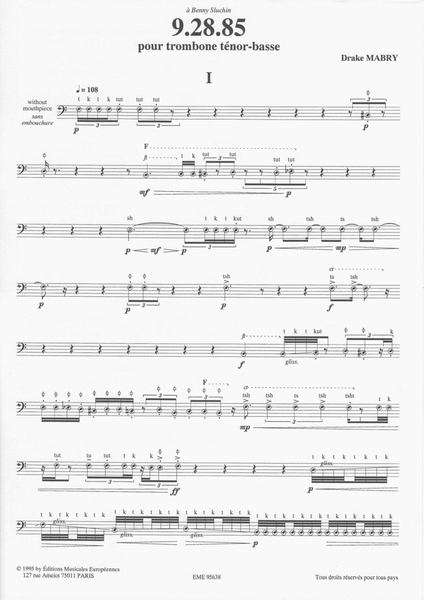
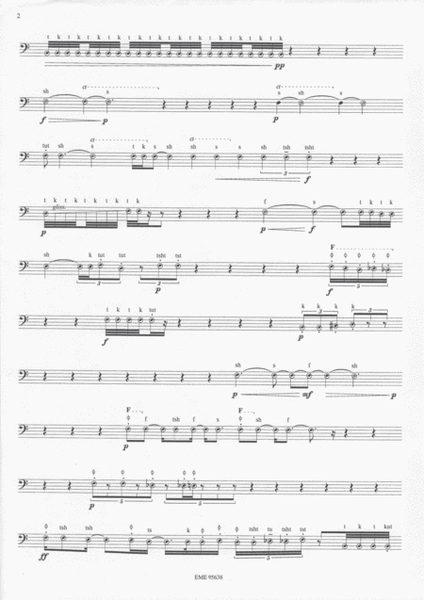
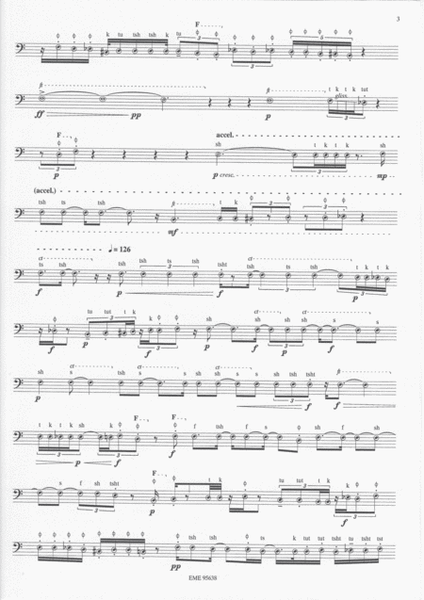
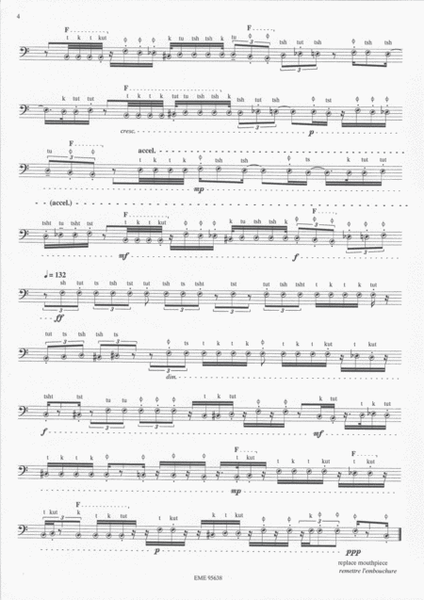
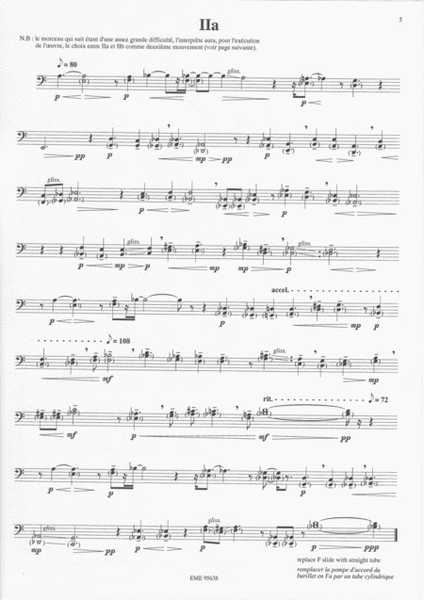
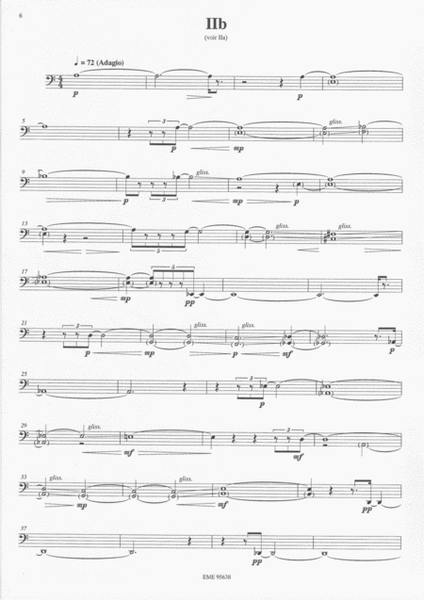

 Share
Share